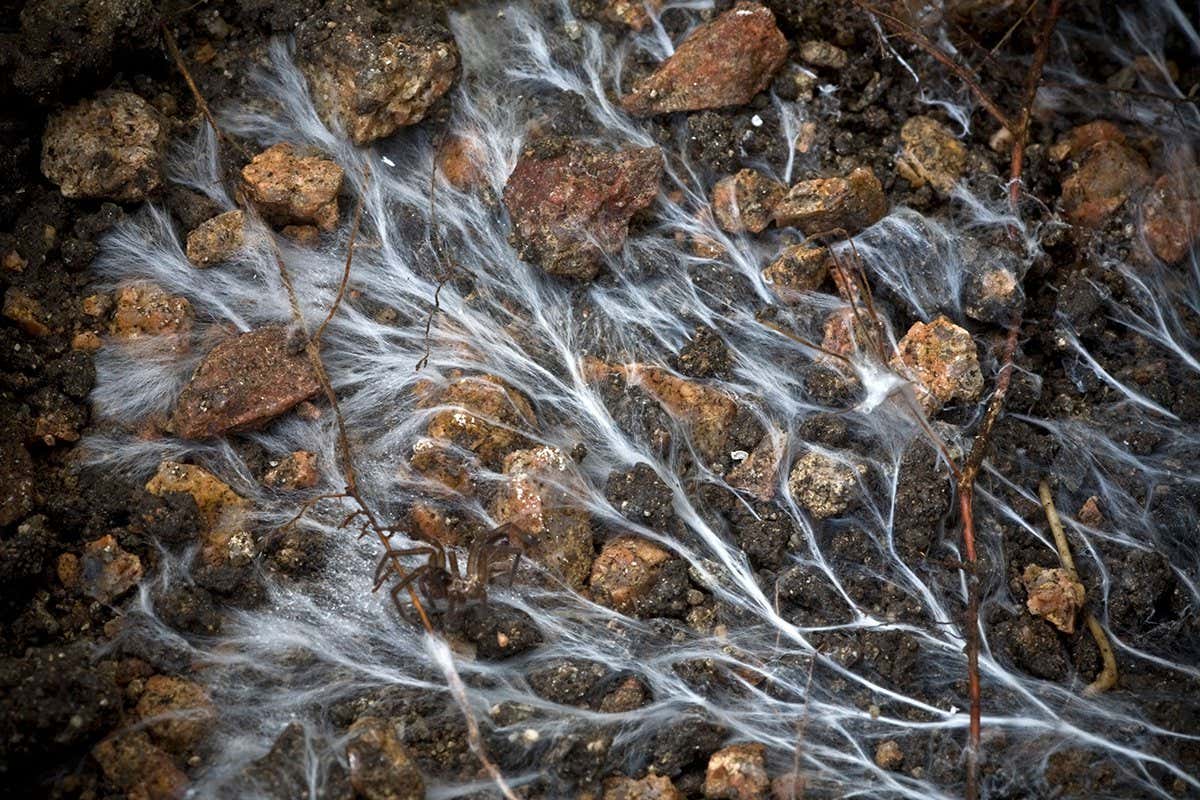Wild Fungi: Soil's Carbon Sequestration Secret
Unlocking Nature's Potential: How Mycorrhizal Fungi Could Combat Climate Change
The climate crisis demands immediate and innovative solutions. While many focus on technological advancements, a crucial answer might lie beneath our feet: in the intricate world of wild fungi, specifically mycorrhizal fungi. These fascinating organisms play a vital, often overlooked, role in soil health and, crucially, carbon sequestration – the process of capturing and storing atmospheric carbon dioxide (CO2).
The Mycorrhizal Network: Nature's Underground Internet
Mycorrhizal fungi form symbiotic relationships with the roots of most plants. These thread-like hyphae, essentially fungal roots, extend far beyond the reach of plant roots, creating an extensive underground network. This "wood wide web," as it's sometimes called, facilitates nutrient exchange between plants and fungi. But its impact on carbon sequestration is equally significant.
-
Enhanced Carbon Uptake: Mycorrhizal fungi increase the surface area available for nutrient and water absorption, boosting plant growth. Healthier plants, in turn, capture more CO2 through photosynthesis.
-
Carbon Storage in Soil: A significant portion of the carbon captured by plants is transferred to the soil via the mycorrhizal network. The fungi store this carbon in their hyphae and in the soil itself, preventing its release back into the atmosphere.
-
Improved Soil Structure: Mycorrhizal fungi help bind soil particles together, improving soil structure and water retention. This healthier soil is more effective at storing carbon long-term.
Protecting and Promoting Mycorrhizal Fungi for Climate Action
The potential of mycorrhizal fungi in carbon sequestration is immense, but protecting and promoting these vital organisms is critical. This requires a multi-pronged approach:
-
Sustainable Agricultural Practices: Minimizing tillage, avoiding the overuse of chemical fertilizers and pesticides, and promoting crop diversification all support healthy mycorrhizal communities.
-
Reforestation and Afforestation: Planting trees, especially native species, helps establish robust mycorrhizal networks. Focusing on diverse forest ecosystems further enhances carbon sequestration potential.
-
Research and Innovation: Further research is needed to fully understand the diversity and function of mycorrhizal fungi in various ecosystems. This knowledge can inform more effective carbon sequestration strategies.
-
Policy Support: Governments and policymakers must recognize the vital role of mycorrhizal fungi in climate change mitigation and incorporate them into climate action plans. Funding for research and promoting sustainable land management practices are crucial.
The Future of Carbon Sequestration: A Mycorrhizal Approach
While technology offers important tools in the fight against climate change, harnessing the power of nature remains essential. Mycorrhizal fungi represent a natural, cost-effective, and scalable solution for carbon sequestration. By protecting existing mycorrhizal networks and promoting their growth through sustainable practices, we can significantly enhance soil health and contribute to a more sustainable future. The "wood wide web" is not just a fascinating natural wonder; it's a powerful ally in our fight against climate change.
Call to Action: Learn more about mycorrhizal fungi and support initiatives promoting sustainable land management and reforestation efforts. Together, we can unlock the secrets of the soil and harness the power of nature to combat climate change. #ClimateAction #MycorrhizalFungi #CarbonSequestration #SoilHealth #SustainableAgriculture
(Optional: Include links to relevant scientific articles, organizations working on mycorrhizal fungi research, and sustainable agriculture initiatives.)

